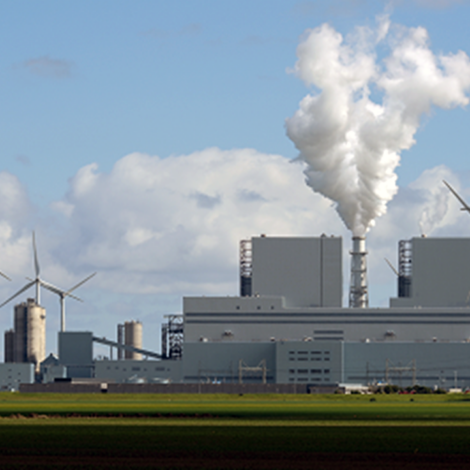Direct air carbon capture plants have been attracting headlines and investments for removing carbon dioxide from the atmosphere, but bioenergy may be a cheaper, more practical set of technologies for doing the same thing. Bioenergy is most commonly seen as bioethanol in the United States and biomass-burning plants in Europe, and both offer paths toward long-term carbon dioxide removal. The technologies are also the only methods of carbon dioxide removal that also produce energy.
They may also be the most affordable. A cost comparison suggests direct-air capture may cost (USD) $600-$1,000 per ton of sequestered carbon, while carbon sequestered from bioenergy production may cost $60-$140 per ton. Both sets of technologies are expected to drop in price, however.
Experts convened by the UN Food and Agriculture Organization and the Global Bioenergy Partnership this month shared case studies of bioenergy production and carbon sequestration as demonstrations. Four biomass energy generators in Denmark and the Netherlands employ existing infrastructure without the need for new technology or even new construction. The German energy multinational RWE operates two biomass plants in the Netherlands built from retrofitted coal-fired plants. And the Danish clean energy company Ørsted deployed two biomass-fired combined heat and power (CHP) plants in Denmark. They each have carbon capture units and deliver the captured carbon to underground facilities for long-term, possibly permanent storage.
‘What makes it the most interesting is this possibility of removing CO2 from the atmosphere, and then due to the aspect that it’s a biogenic CO2, to provide negative emissions,” Christiane Hennig, Senior Scientist at the German Biomass Research Center (DBFZ) said. Biogenic CO2 refers to the carbon dioxide locked inside the plants and wood that fuel the generators.
Carbon removal will be necessary to meet national and global emissions goals, according to the Inter-governmental Panel on Climate Change (IPCC).
“We all also need carbon dioxide removal to offset CO2 emissions” and pay back our carbon debt through carbon-negative emissions, Dr. Sabine Fuss, Co-Chair of the Mercator Research Institute on Global Commons and Climate Change (MCC) said, referring to the IPCC’s reports.
Bioenergy as a path toward carbon removal is not uncomplicated, however. Critics suggest that farming biomass for energy will cut into farmland used for producing food and lands set aside for environmental conservation. Advocates argue that farming techniques and even dietary changes such as reducing the consumption of meat can offset land usage issues.
Other obstacles impeding the technology at the moment are a lack of infrastructure and a lukewarm public opinion. Dr. Fuss and Ms. Hennig join other experts in bioenergy and carbon storage in a discussion presented in the video below.

